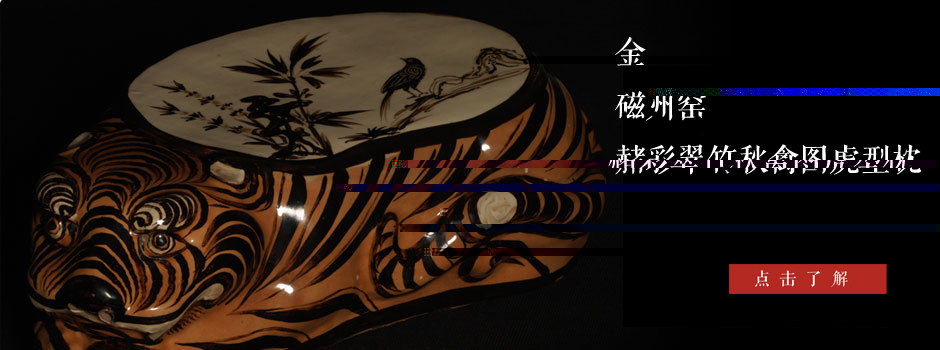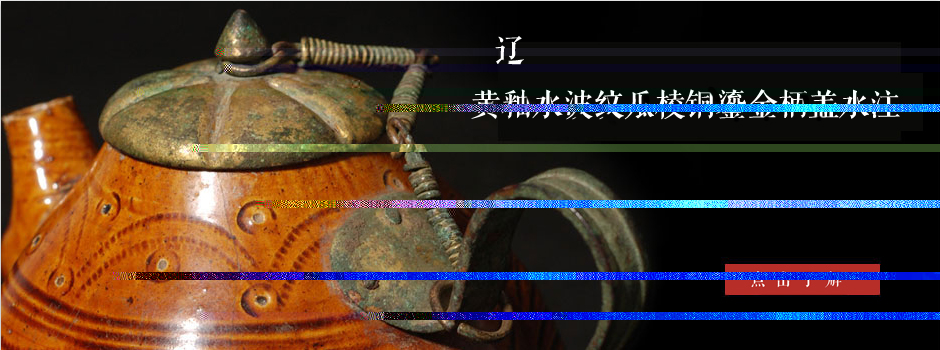- >> Company Profile
- >> President's Speech
- >> Brand Service
- >> Mission & Goals
- >> Value System
- >> Brand Construction
- >> Philosophy and Mode
Address: Room 614-616,China World Office 1, No.1 Jian Guo Men Wai Avenue, Beijing, P.R.C.
Tel:+86-10-65051177
Fax:+86-10-65058988
E-mail:soongs@zbkenuo.com
Home >> Show Items
Sky blue-glazed straight mouth tray by Jun Kiln in Song Dynasty
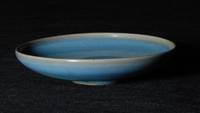 |
 |
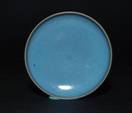 |
Jun Kiln was one of the famous porcelain kilns in Northern Song Dynasty. It was famous for its large variety of categories, unique shape and extraordinary magnificence of Jun glaze. The center kiln site of Jun Kiln is located in the present Bagua Cave in the urban area of Yuzhou City, Henan Province. There are two processes to be used to fire wares in Jun Kiln, namely, biscuit firing and re-sintering. In the process of re-sintering, oxidizing flame is used. If the glaze begins to melt, use the reducing flame. Due to the reducing function of copper, the pretty artistic effect can be achieved, making the Jun porcelain glaze surface resplendent with bright colors and brighten each other. The well-known kiln-changing color of Jun porcelain includes rose purple, Chinese small apple red, eggplant skin purple, chicken blood read, grape purple, vermillion red, fresh green, coccinellin, parrot green and flame red. In addition, there are also the colors of sky green, dark blue, beige, etc. The glaze is red with purple, purple containing green, green with white and white to be green. This is why we say that all the colors are competing by presenting the elegance and magnificence. They are as beautiful as the morning sunlight as well as the sunset light.
The shape of tray by Jun Kiln is characterized with straight ring feet, slightly arc tray wall and open mouth. The clay mold is comparatively massy. The outer wall of the tray is blue-glazed, thick in royal blue. The color is pure and bright. The color at its mouth edge tends to be lighter due to the natural flowing glaze, which presents the color of the clay mold. The transition of color ribbon is natural, showing the beauty of unlimited quite and peace in the process of gradual change. All the glazed places are pure in color, which is in response to the aesthetics concept pursued by the scholars of Song Dynasty. The ring feet are glazed with thinker glaze, making it one of the symbols to tell the difference of Jun porcelain in Song-Yuan Dynasty.
The most successful royal blue tray of Jun Kiln shall be those fired and made in Song Dynasty. Its control of glaze flow is accurate, with even thickness of glaze surface. The making and firing process of Jun wares in Song Dynasty is of great difficulty and low production. Compared with the large quantity of Jun wares later in the Jin-Yuan Dynasty period, the Jun wares in Song Dynasty are fewer. As a result, Jun wares produced in the Song Dynasty were valued since its very beginning. When searching for the public and private collections, the wares of this type with balanced color glaze are even fewer. We could only see that collection of Meiyinyuan Sky Celadon Glazed Bowl by Jun Kiln in Song Dynasty is basically at this level. The two seems to be the supplementary artworks and must been fired and made in the same kiln site.
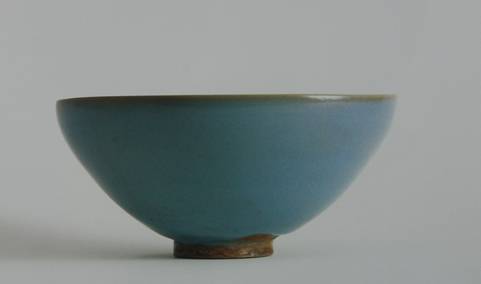
(Picture) Sky Celadon Glazed Bowl by Jun Kiln collected by Meiyintang Caliber 17.8cm bottom diameter 8.3cm
